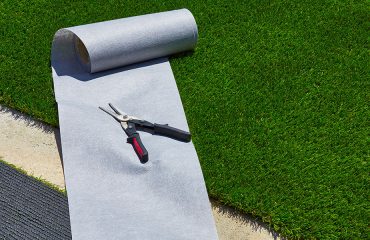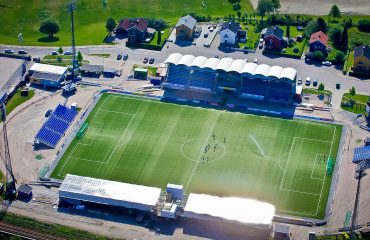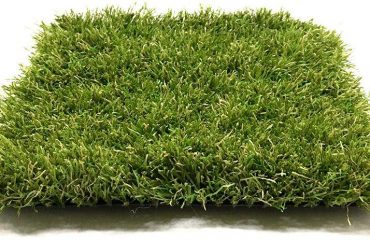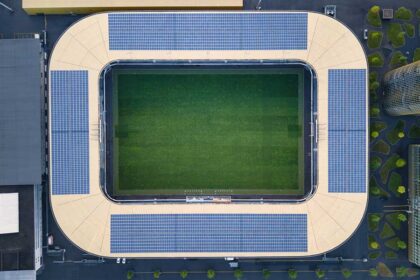
In recent years it is seen that hybrid grass has started to be preferred in stadium construction as it provides a great advantage due to the covered and sun-free architecture of the newly designed stadiums. So, what is hybrid grass and what are its features? Here is some information about the grass type used in some stadiums!
What is Hybrid Grass?
Hybrid grass is among the most preferred methods due to the designs that minimize the weather conditions of new-generation stadiums. Natural grass, which wears out very easily due to insufficient airflow and sunlight, also brings many maintenance costs.
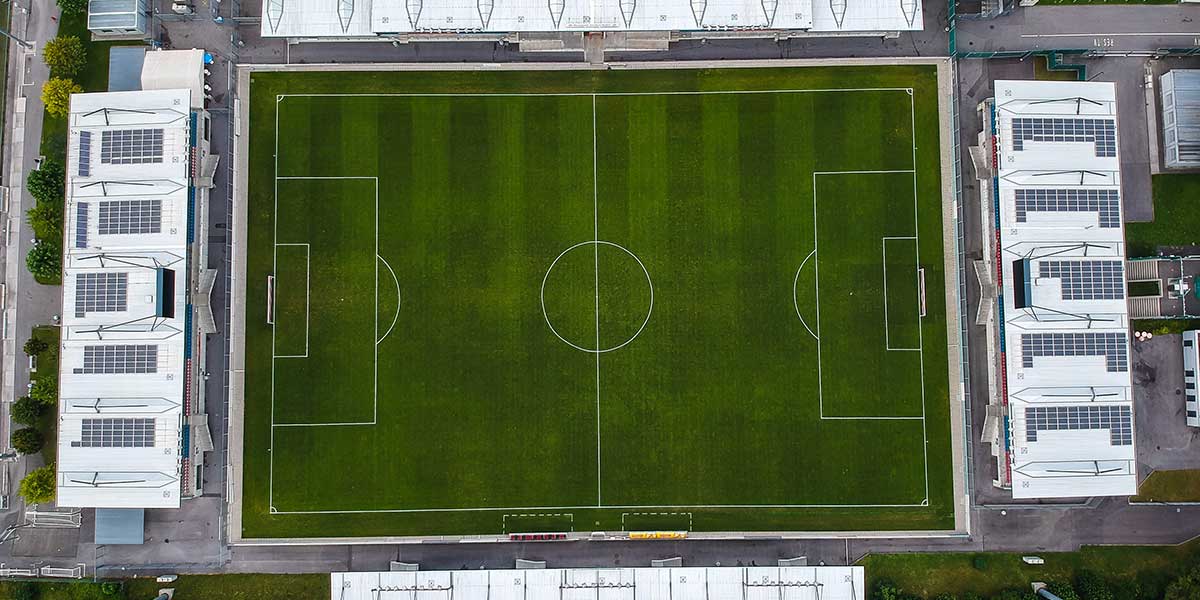
A hybrid grass system was developed to strengthen natural grass, as the times for rebuilding, repairing, remodeling, and maintenance are getting shorter day by day. It reinforces natural grass areas with artificial grass fibers and establishes technically perfect areas. In this way, the multifunctional use of the stadium fields is enabled and provides extra income to the clubs.
Hybrid Grass Usage at Stadiums
Hybrid grass is a system created by combining synthetic and natural grass for construction of the stadium project. Today, the closed architecture of the stadiums, insufficient airflow, and the negative conditions that arise due to the inability to benefit from the sunlight in the entire field cause the floors to deteriorate much more easily. The hybrid system strengthens the natural turf in the fields established with natural turf due to the need for reconstruction, repair, or intensive care. The hybrid system supports grassroots with monofilament and fibrillated synthetic fibers, creating technically perfect fields and minimizing adverse conditions.
What Are the Advantages of Using Hybrid Grass at Stadiums?
The hybrid grass system is designed to prevent the formation of muddy areas and puddles by supporting drainage, providing optimum conditions by ensuring the permeability of the surface layer and oxygen flow and creating an ideal air-water soil balance.
Horizontal hybrid turf increases the reliability of the field in terms of flatness and stability in frequently used areas, and the surface compaction rate is almost zero in this system. It allows the athletes to play safely after the application. It brings technical performances such as jumping, athlete-surface, and ball-surface interaction to optimum levels.
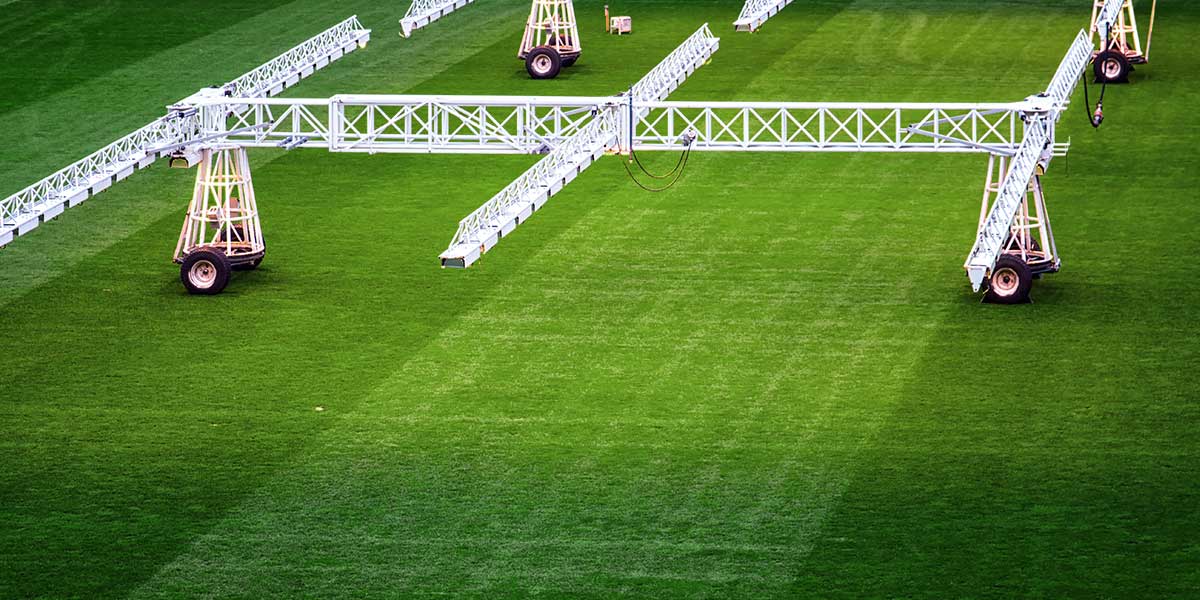
Other advantages of hybrid grass can be listed as follows:
- It is resistant to all types of weather. It offers the benefit of year-round use.
- It provides up to 3–4 times more playing hours than a typical natural grass field because of its durability.
- The dense roots prevent grass breaks, which is a good thing.
- It provides a stable, consistently green field free of mud puddles and grass outbreaks.
- Costs and maintenance times are decreased. It offers the quickest return on investment in this manner.
- Direct application to the stadium area is possible. In 45 days, it is prepared to play football.
- It offers the athlete the best possible floor comfort levels. (Friction, rotation, sliding, etc.)
- It provides the opportunity to quickly and effectively repair or replace small areas.
- It ensures the permeability of the substrate and healthy oxygen flow by providing optimum conditions in the long term for stadium sports.
- It perfectly supports the operation of the drainage system.
- It prevents the loss of the image of the clubs.
- It provides additional income opportunities to the clubs by providing activities in the fields.
How to Get Hybrid Grass for Stadium Construction?
In order to get hybrid grass for your football stadium construction you may get support from Integral Grass which is a leading stadium builder. You may also get information about stadium construction cost.
